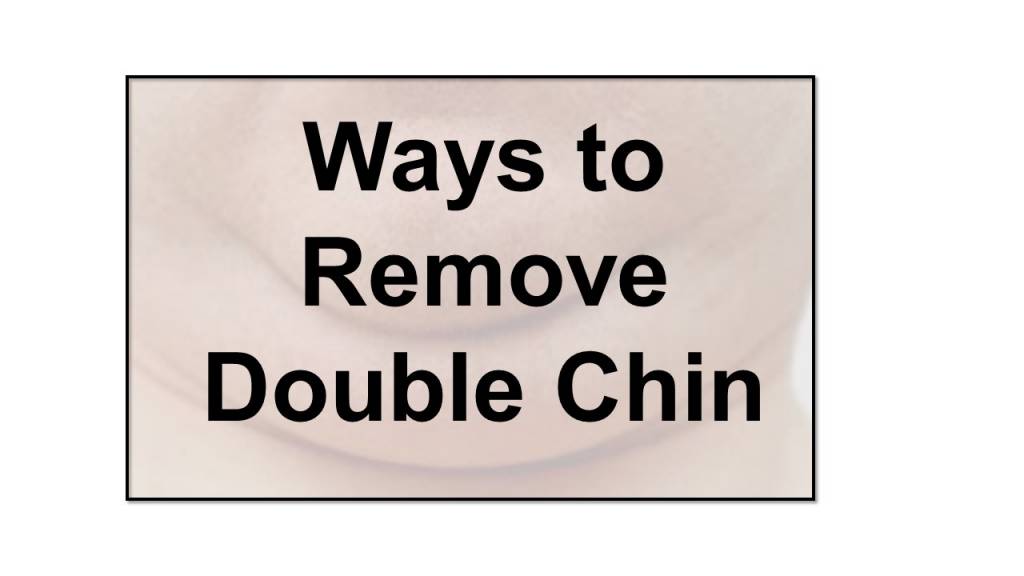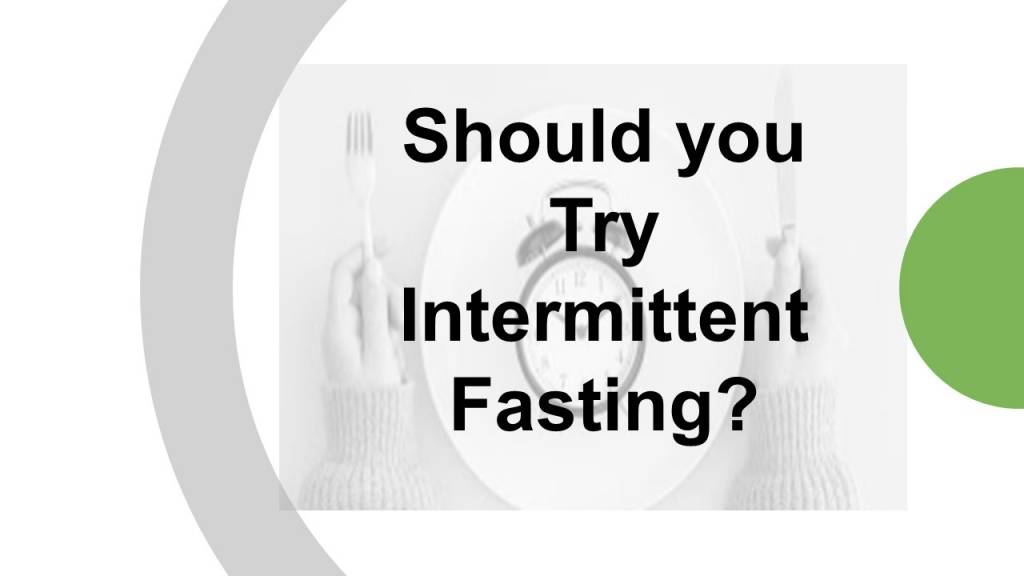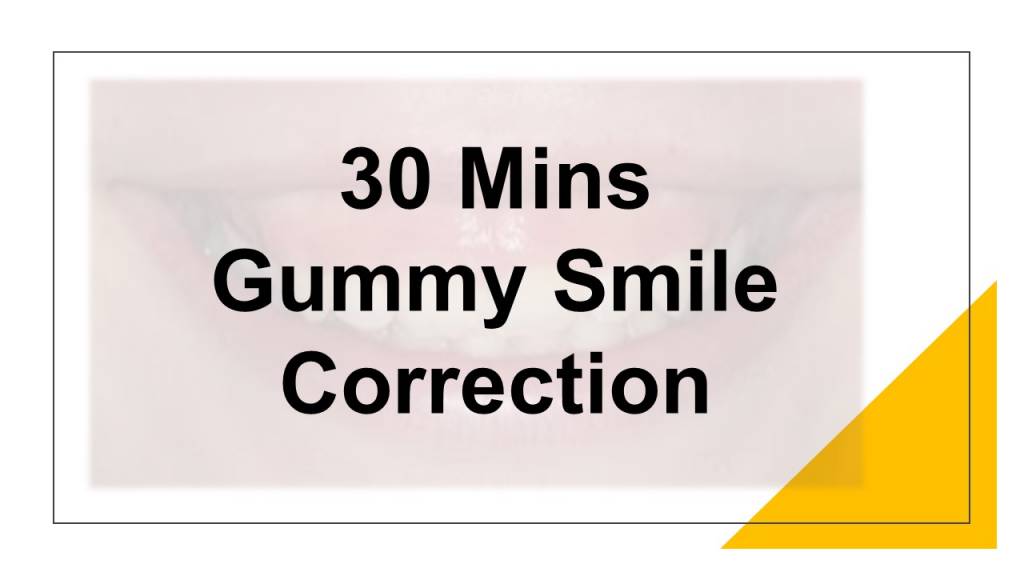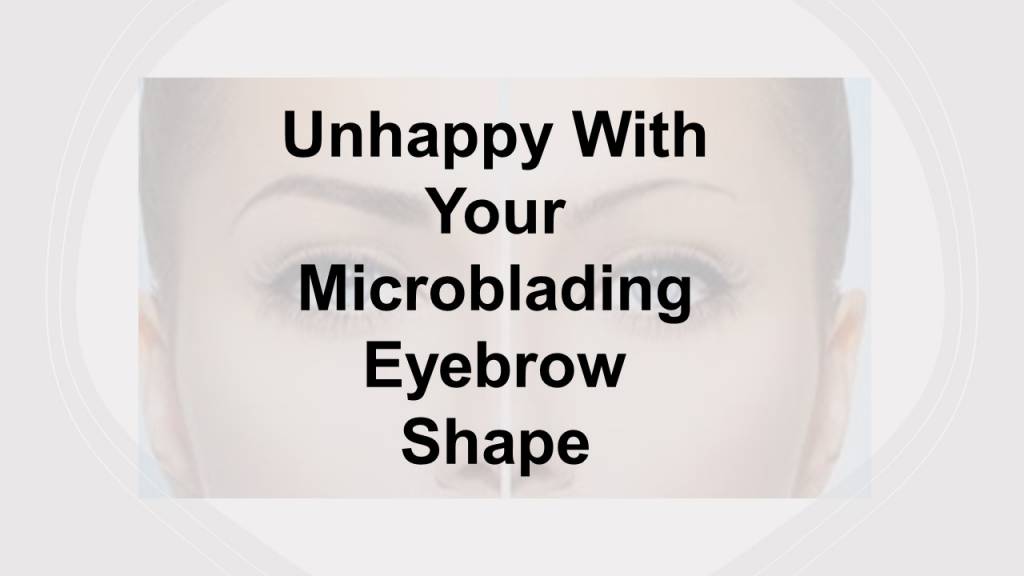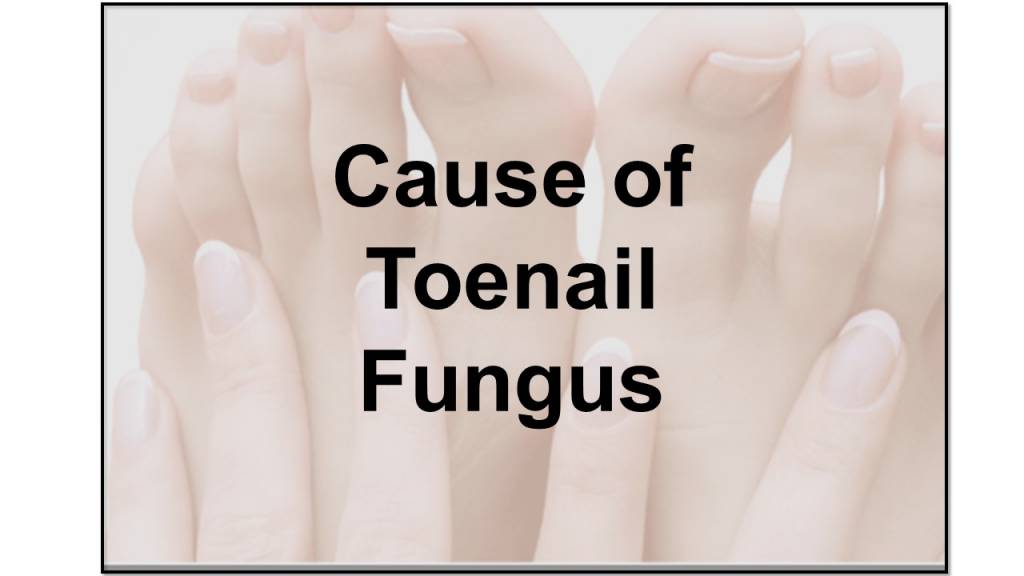
The buccal fat pad is a rounded mass of fat in the middle of your cheek. It is located between facial muscles, in the hollow area beneath your cheekbone. The size of your buccal fat pads affects your face shape. Everyone has buccal fat pads. However, the size of buccal fat pads can vary greatly. If you have larger buccal fat pads, you might feel like your face is too round or full. You may also feel like you have a “baby face.” There is nothing wrong with having bigger cheeks. But if you would like to make them smaller, you can treat this condition.
What is buccal fat removal?
Plastic Surgery – It is also known as a buccal lipectomy or cheek reduction surgery. During the procedure, the buccal fat pads in your cheeks are surgically removed. This thins the cheeks and defines facial angles. The surgery can be done alone or with another form of plastic surgery, such as:
- Facelift
- Rhinoplasty
- Chin implants
- Lip augmentation
To be a good candidate for this procedure, you must be in good physical health, you’re at a healthy weight, you have a round, fuller face, you dislike the fullness of your cheeks, you’re seeking facial feminization surgery and you don’t smoke. There 3-4 weeks of downtime with a cost of about $5,000 based on which surgeon you select.
Liposuction – During this procedure, excess fat is removed from a patient’s cheeks via a cannula and a vacuum device. Cheek liposuction is often performed as an outpatient procedure under general or local anesthesia or intravenous sedation. The procedure usually lasts about 30 to 60 minutes, and only a few ounces of fat are removed during a typical cheek liposuction treatment. There will be swelling, soreness and burning after liposuction. These symptoms are temporary and disappear shortly after treatment. This procedure is only for people who have good skin elasticity. The average cost of liposuction is around $3,500 and is invasive
Microneedling RF Technology – The safest and most effective non-invasive treatment is with Morpheus 8 (M8) device. It is quick and targeted and can be accomplished within 30 minutes with only topical numbing while the results can be seen in a week. Patients should moisturize the treatment area and avoid direct sun exposure. Since patient downtime is minimal, makeup can be applied 1 to 2 days after the treatment.
Why M8 procedure is better?
- To improve the appearance of surgical scars
- To increase tissue firmness on the face and body
- To correct sun damaged skin
- To minimize fine facial lines and deep wrinkles
- To eliminate acne scars and stretchmarks
- To smooth uneven skin texture
- To decrease pore size
- To brighten skin tone
- To treat active acne
- To erase dark spots and areas of hyperpigmentation
The areas M8 can treat:
- Entire Face
- Neck
- Décolletage
- Arms
- Abdomen
- Areas with Stretchmarks such as Abdomen, Thighs, Buttocks
- Post-Surgical Scars, such as with Breast Augmentation, Breast Lift, Abdominoplasty
- Banana Roll under Buttocks
- Knees
- Underarms for Sweating and Odor
- Vaginal area



